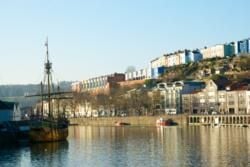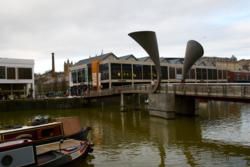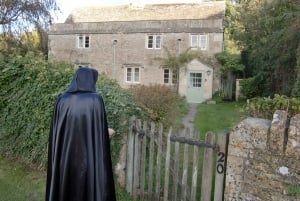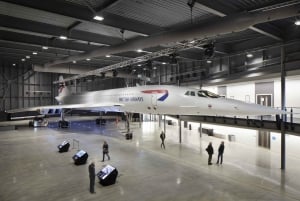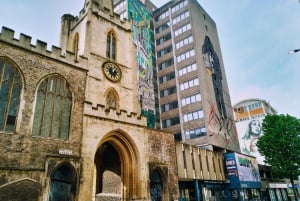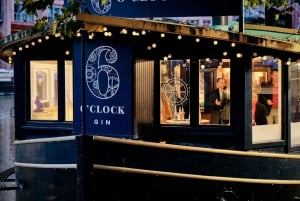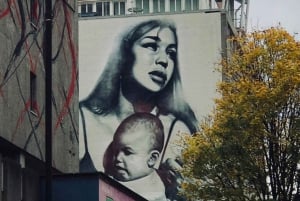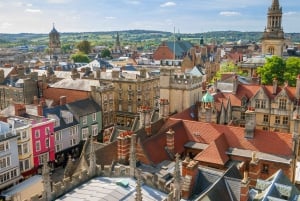Bristol - A Brief History.
Bristol’s history dates back to Anglo-Saxon times when it was a settlement around a wooden bridge that crossed the River Avon. It was then known as known as Brigstowe, meaning a place by the bridge. The settlement grew and during the Middle Ages trading became increasingly important. Boats sailed for Ireland, France, Spain and Portugal laden with manufactured goods and cloth made from Cotswold wool, and returned with wine, fish, hides, corn and iron.
Trading with the rest of the world increased substantially after 1497 as a result of John Cabot's voyage in the Matthew to Newfoundland, with ships carrying settlers as well as goods to far-flung British colonies.
There were however problems for the traders as ships often went aground at low tide. Bristol Channel has the second largest tidal range in the world and, on a monthly basis, during "neap tides", ships could be stranded in Bristol for up to two weeks because there was not enough water in the River Avon to allow them to sail.
This problem was solved in 1809 with the opening of the floating harbour when a series of dams and locks was created to impound 80 acres of tidal water and allow ships to remain afloat.
By the mid 18th century Bristol was England’s second biggest city. To our shame, Bristol became heavily involved with the slave trade. Manufactured goods from Bristol were taken to Africa and exchanged for West African people who were sold into slavery, mainly in the Caribbean. Today Bristolians' acknowledge the city’s guilt in playing a major part of the slave trade.
Pero’s Bridge in the harbour area is named after a man of African origin who was brought to Bristol to work as a slave for a local wealthy merchant. Its double arch of horns are a reminder of the musical heritage that Pero and his fellow slaves brought with them and the ladders in the middle of the bridge represent the ladders on the slave ships’ riggings.
By contrast, today Bristol’s population encompasses an eclectic mix and residents with roots from far flung places such as Africa, the Caribbean and Eastern Europe all contribute to the cultural diversity of the city.


